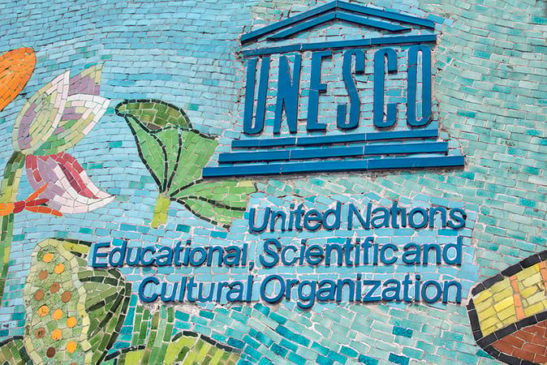UNESCO seeks to strike a balance between the benefits of GenAI and the preservation of traditional, fundamental learning experiences.
UNESCO, the United Nations Educational, Scientific, and Cultural Organization, has taken a significant step in shaping the future of education by releasing its first-ever guidance on the use of Generative AI (Gen AI) for educational purposes.
This landmark publication, issued on September 7th, emphasizes the importance of regulating Gen AI in education to ensure data privacy and safeguard the well-being of learners.
UNESCO Calls for Responsible AI Adoption
UNESCO’s guidance serves as a timely reminder that with great technological advancements comes great responsibilities. The organization has called upon governmental agencies and stakeholders to proactively address key concerns in the implementation of GenAI in education.
In its 64-page report, UNESCO presented a series of guidelines to address the challenges and opportunities presented by GenAI in education. Among these recommendations, UNESCO emphasized the need for government-sanctioned AI curricula in schools, as well as in technical and vocational education and training.
Additionally, UNESCO called upon GenAI providers to shoulder the responsibility of upholding core values and lawful purposes, respecting intellectual property, and maintaining ethical practices. This includes taking measures to prevent the dissemination of disinformation and hate speech, which can be harmful within educational contexts.
Another notable aspect of UNESCO’s guidance is its focus on ensuring that GenAI does not replace essential aspects of learning. It cautioned against the overuse of GenAI to the extent that it deprives learners of opportunities to develop cognitive abilities and social skills through real-world observations, empirical practices like experiments, discussions with peers, and independent logical reasoning.
Furthermore, UNESCO’s guidance highlights the necessity of age-appropriate use of GenAI in education. It recommends that authorities set age restrictions to ensure that younger students are not exposed to content or interactions that may not be suitable for their age group.
Overall, UNESCO seeks to strike a balance between the benefits of GenAI and the preservation of traditional, fundamental learning experiences. While China has already formulated rules and regulations concerning GenAI, the European Union is expected to approve its AI Act later this year.
However, many other countries lag behind in developing their own AI laws and guidelines, indicating the need for a global conversation on this matter.
The Rise of GenAI in Education
One of the most notable developments in the realm of GenAI in education is the emergence of ChatGPT, a chatbot created by Microsoft Corp (NASDAQ: MSFT)-backed OpenAI.
Since its launch in November, ChatGPT has rapidly gained traction, becoming the world’s fastest-growing educational application. This technology has been embraced for its capacity to personalize learning experiences, provide instant assistance, and engage students in meaningful ways.
ChatGPT’s remarkable success paved the way for other tech giants to explore the potential of GenAI in the digital sector. Alphabet Inc’s (NASDAQ: GOOGL) Google, for instance, responded with Bard, a GenAI-powered educational tool that competes directly with ChatGPT.
The competition spurred innovation, leading to a burgeoning ecosystem of GenAI-powered educational applications.
Benjamin Godfrey is a blockchain enthusiast and journalist who relishes writing about the real life applications of blockchain technology and innovations to drive general acceptance and worldwide integration of the emerging technology. His desire to educate people about cryptocurrencies inspires his contributions to renowned blockchain media and sites.



